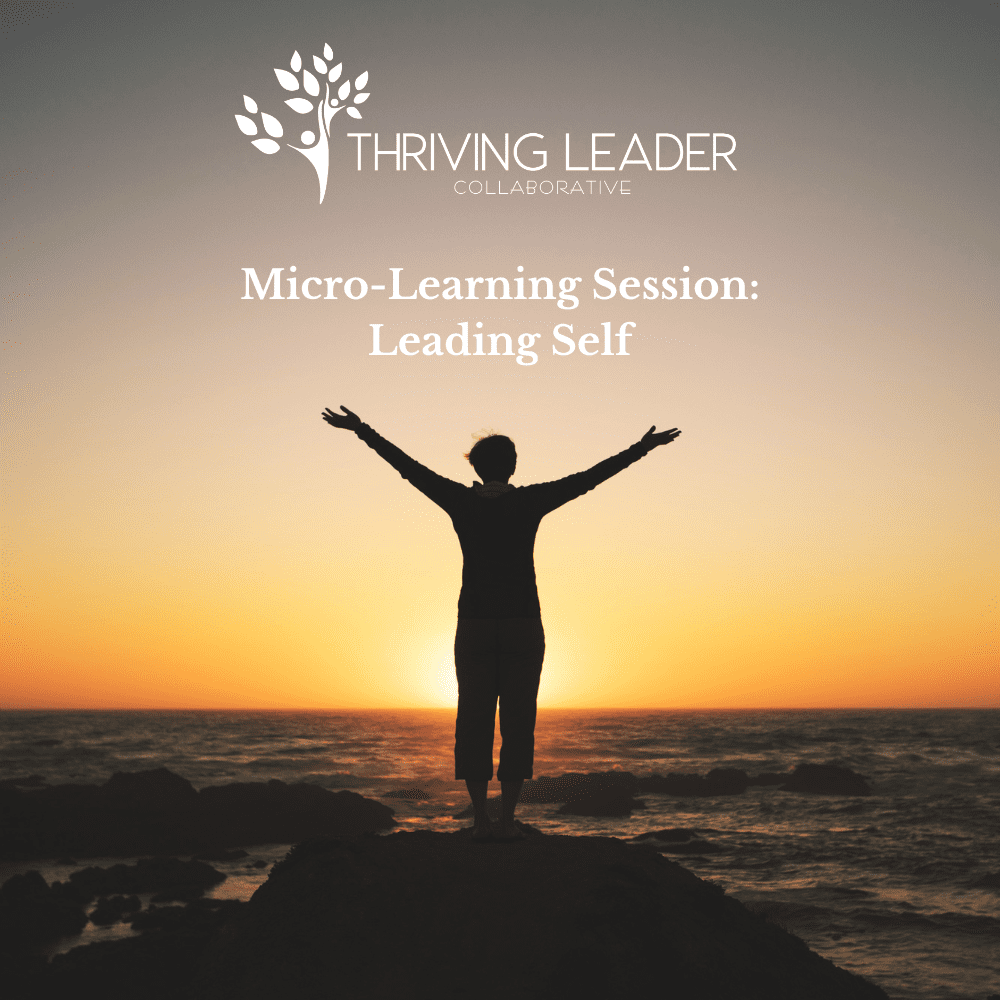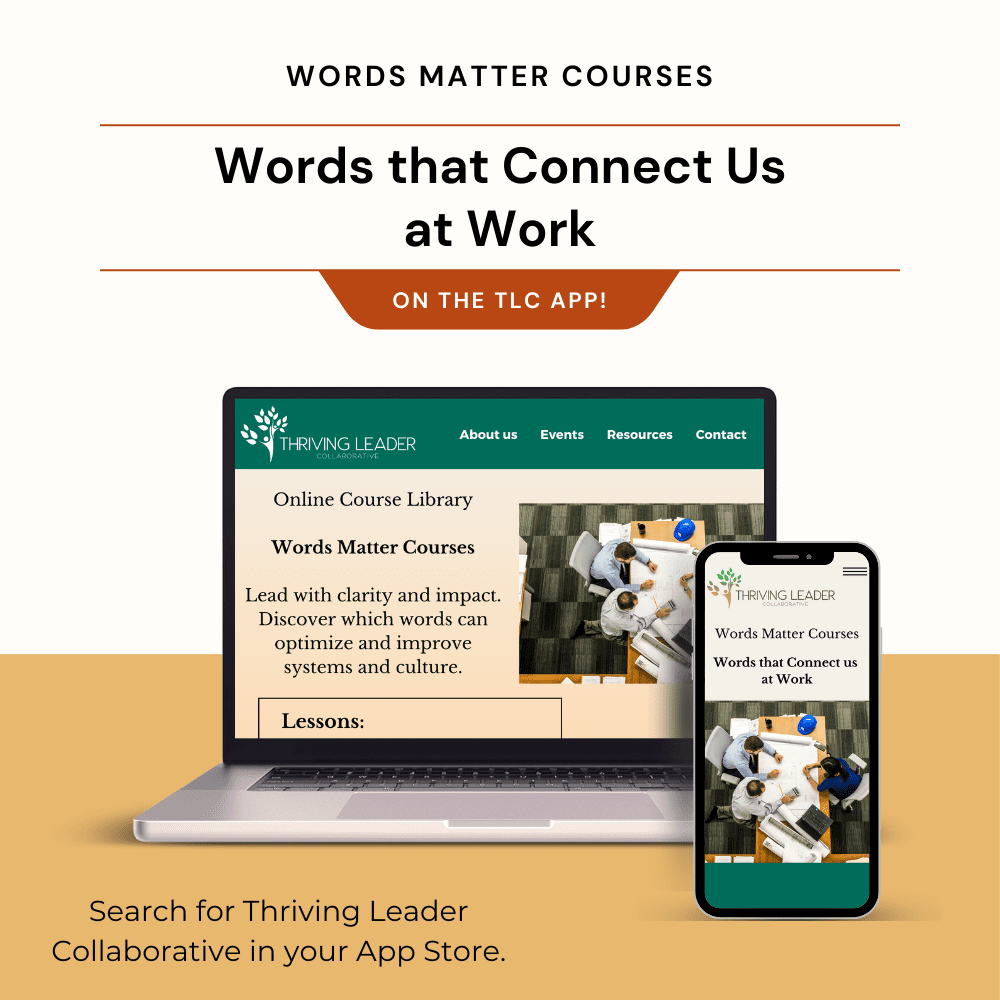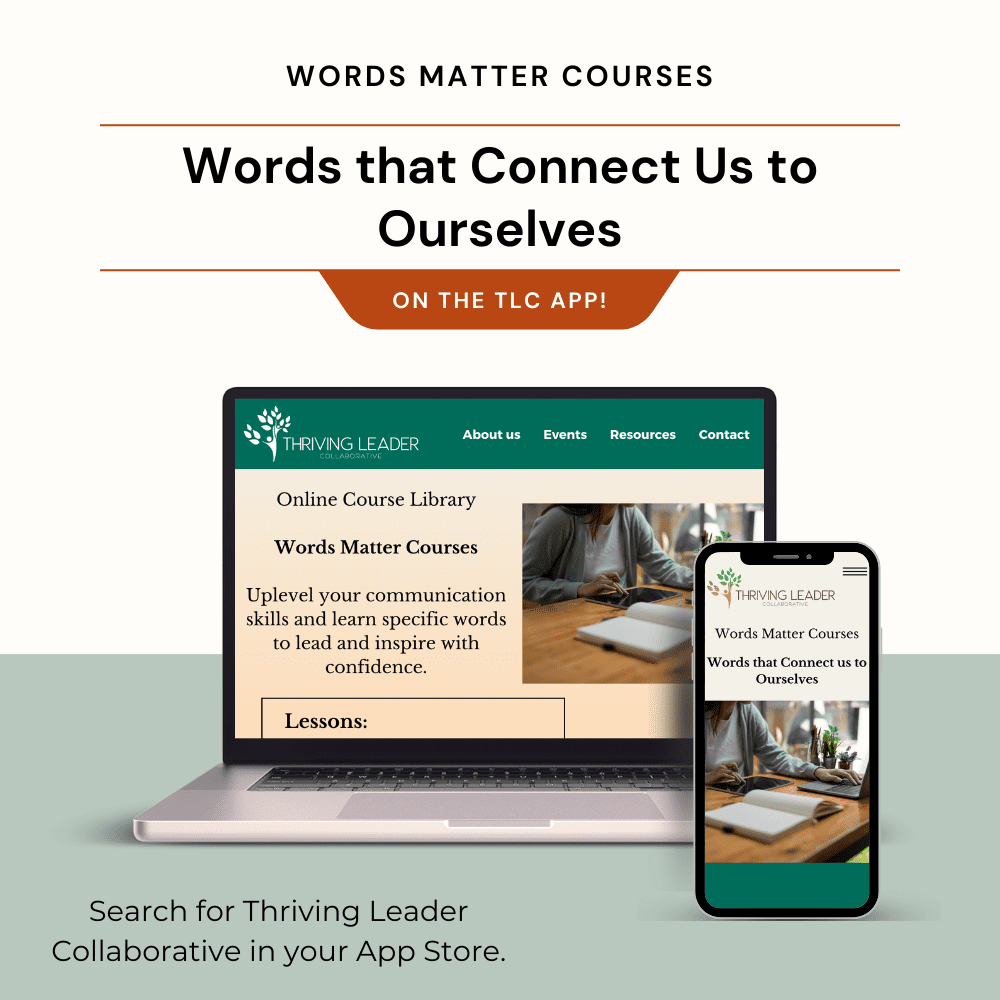Do Things F.A.S.T. and Create Space for More Joy
Life is busy. Between work, family, and personal obligations, our plates are full. We face endless demands that compete for our time and energy. Trying to juggle it all leads to feeling overwhelmed, stressed, and out of control. How can we better balance and prioritize our lives? The key is to do things F.A.S.T.
F.A.S.T. stands for Focus, Align, Single-Task. This mindset and method enable you to accomplish more with less effort. By mastering your ability to be focused, aligned, and to single-task, you take control over your priorities. You become the fulcrum who decides when, where, and how to direct your energy. Doing this with intention leads to greater productivity, effectiveness, and most importantly—joy.
Focus – The first component of being F.A.S.T. is focus. This starts by identifying your priorities and desired outcomes. Make a list of all your responsibilities and commitments across the spheres of life. Rank the items to create a plan for where to place your focus. Block time on your calendar to match required effort. Protect this time by minimizing unnecessary meetings, silencing notifications, and avoiding distractions. Regularly re-evaluate priorities as circumstances evolve.
Before diving into a task or project, take time to center yourself through deep breathing, meditation, or gratitude. Set a clear intention. Center yourself again throughout the day as needed. Avoid multitasking, which has been proven ineffective, see previous article for some of the science behind this myth. Single-tasking with full focus is the most productive approach. Clarity of priorities and protected time to focus on one thing leads to improved performance.
Align – Once you determine where to place your focus, the next step is alignment. Consider what other complementary actions can be paired to ease execution. Sequence activities in a logical order. Identify items to delegate to others. Build in helpful habits around recurring tasks.
For example, if preparing for an important presentation, sequence it by first outlining key messages, then designing visuals, followed by practice sessions. Delegate research to a team member. Make it a habit to center yourself and set intentions before all presentations. Proper alignment around a priority ensures efficiency.
Single-Task – With your focus set and everything aligned, you’re ready to single-task. Devote your full concentration exclusively to the priority at hand. Avoid distractions and unnecessary switches between tasks. Neuroscience reveals that multitasking overburdens the prefrontal cortex, while single-tasking activates the full brain.
Give your priority task undivided attention. For example, if you’ve scheduled time for a strategic thinking project, make that your sole focus during that block. Disable email alerts, silence your phone, and close other tabs. Immersing yourself fully in one activity at a time leads to greater productivity and creativity. It also reduces stress. Celebrate each completed milestone before moving to the next priority item.
Be the Fulcrum – Imagine all that competes for your attention on a bar that you endeavor to balance. Then make sure your own wellbeing practices make it up onto the bar of priorities. Lastly, be the fulcrum. Choose where and when you direct your energy. Enhancing your ability to be focused, aligned, and to single-task puts you in control as the fulcrum over your priorities. Release the inclination to react to overloaded demands. Use the practices below to take charge:
- Calendar – Plot your priorities and required tasks on a calendar to take control of your time. Block focus time for big projects. Schedule important personal and family activities first before filling work commitments around them.
- Habits – Standardize recurring tasks into habits to streamline your day. Habit stack complementary items to squeeze the most out of your routines. This differs from multi-tasking in that habits can be done without much thought. For example, set an intention while brushing your teeth in the morning.
- Reflection – Build in short reflection breaks to celebrate progress and reset intentions. Appreciate the dopamine hit from acknowledging what you are doing well.
- Delegate – Take nonessential items off your plate by delegating to others. This frees up time and mental space.
- Center – Refocus your energy through centering practices like meditation, deep breathing, and gratitude. Reduce reactivity.
Doing things F.A.S.T. leads to accomplishing more with greater flexibility and ease. You take charge over competing demands instead of letting them control you. Approach priorities calmly through an empowered state of focus, alignment, and single-tasking. Let go of the expectation to tackle everything at once. Instead, be intentional about placing your energy. Channel it into one thing at a time guided by your priorities. Completing tasks effortlessly opens up space for what matters most—the joys of relationships, hobbies, health and wellbeing. You will find more ease and fulfillment in daily life. With practice, you become a master at doing things F.A.S.T.
We recently aligned with ActionEra to expand our reach. I did an Action Talk (13 minute TedTalk style) on this very topic and we now have an app with lots of free resources. Why? Because we want you to thrive, not simply succeed or get by. We want you to create a life of joy!
Reference
O’Keefe, K et al, 2023. The Great LeadHership Awakening. Soul Excellence Publishing.








